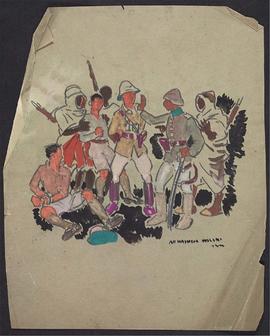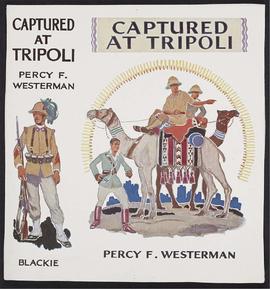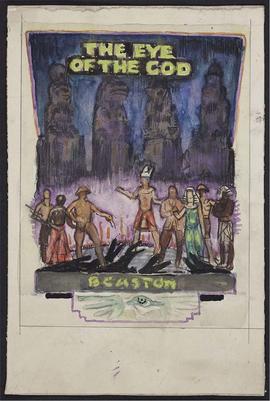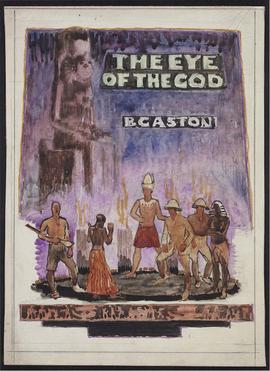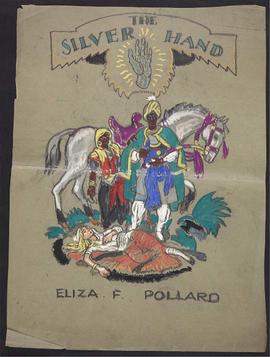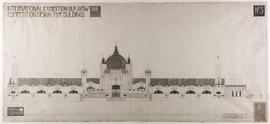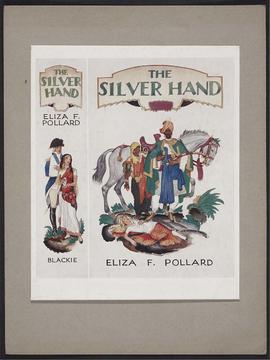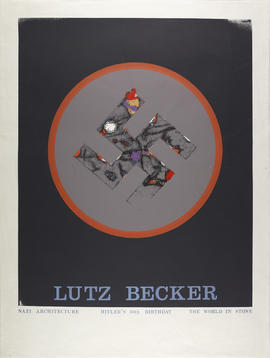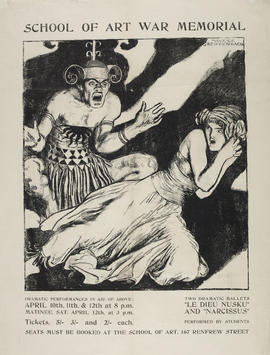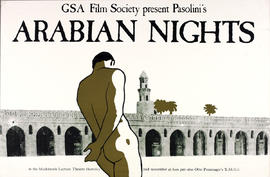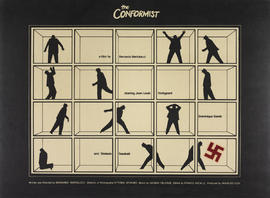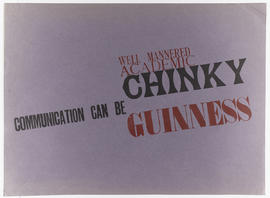A school for the "mentally handicapped": Design report
- DC 121/5/2/10
- Item
- Sep 1978-May 1979
Material related to the writing of a design report for the project of " A school for the mentally handicapped, Perth". It consists of hardcover with paper pages ( some pages are in black cartridge), with comb binding, done in the form of typewriting machine and hand writing with some photos, maps, and free hand sketches. The contents of the report contain: background information, design task & project aims, site analysis, The spaces (user patterns & requirements), design criteria, strategic criteria, and appendices.
Platt, Christopher

